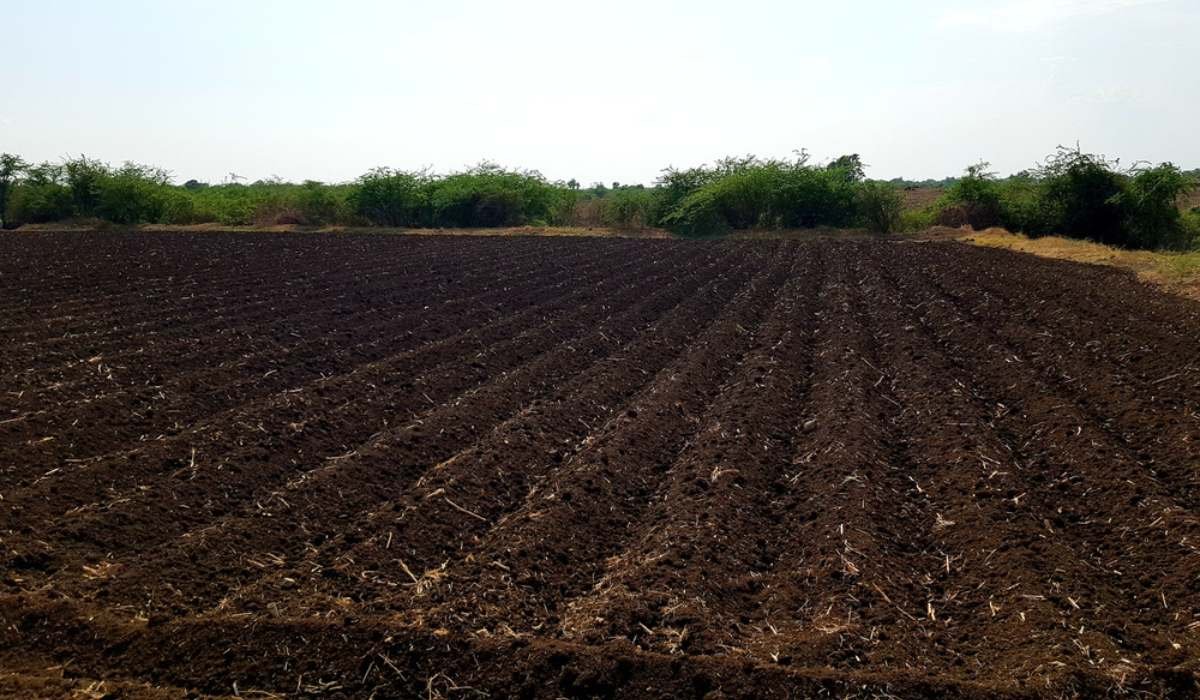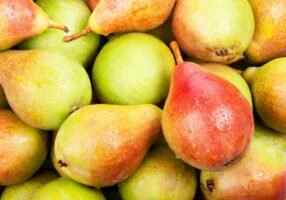Black cotton soil is a unique soil type that is highly favourable for the cultivation of cotton. Its high clay content and black colour, which is a result of the presence of titaniferous magnetite, make it ideal for growing cotton. Formed in the tropical and subtropical regions of the world, black cotton soil is rich in nutrients like calcium, carbonate, potash, lime, iron, and magnesium. This soil type holds moisture well and supports the growth of cotton plants, but it also has its own unique set of characteristics.
One unique feature of black cotton soil is its low content of phosphorus, nitrogen, and organic matter. This means that while the soil is fertile in low-lying areas, it may not be as fertile in upland areas. Additionally, the soil’s high clay content can make it difficult for plant roots to penetrate and grow, leading to stunted growth and reduced crop yields.
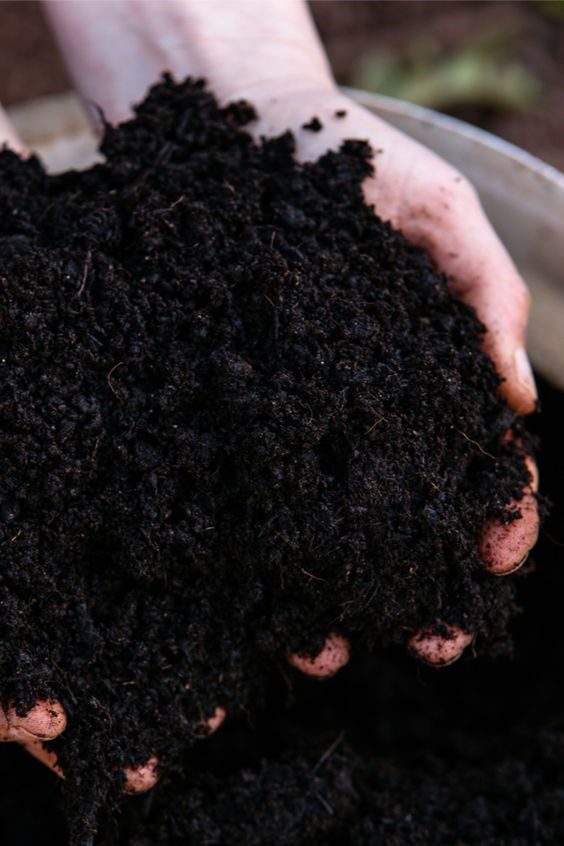
Source: Pinterest
See also: What is Preparation of Soil: Types, and Components.
Black cotton soil: Engineering properties
The following are some of the engineering properties of black cotton soil:
- Plasticity: Black cotton soil has high plasticity due to the presence of high clay content.
- Shrink-swell behaviour: The soil swells when wet and shrinks when dry, which leads to cracking and instability.
- Compressibility: The soil is highly compressible, making it easy to settle.
- Permeability: Black cotton soil has low permeability, which makes it difficult for water to penetrate and drain through the soil.
- Shear strength: The soil has low shear strength, making it susceptible to slope failure and instability.
- Bearing capacity: The soil has poor bearing capacity, making it unsuitable for the construction of shallow foundations.
Due to its poor engineering properties, black cotton soil requires special treatment during construction, such as soil stabilisation techniques, to improve its stability and load-bearing capacity.
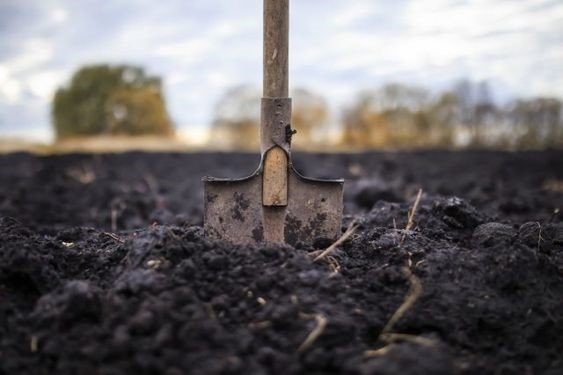
Source: Pinterest
Black cotton soil: Types
Shallow black soil
Shallow black soil refers to a soil type that is characterised by a limited depth of soil profile and a black or dark-coloured surface layer. The shallow black soil is found in regions with high temperatures and low rainfall and is typically composed of clay and/or loam material with low organic matter content.
Medium black soil
Medium black soil is a type of soil that is characterised by a moderate depth of soil profile and a black or dark-coloured surface layer. It is typically found in regions with moderate temperature and rainfall and is composed of clay, loam, and silt materials with moderate organic matter content.
Deep black soil
Deep black soil is a type of soil that is characterised by a deep soil profile and a black or dark-coloured surface layer. It is typically found in regions with moderate temperature and rainfall and is composed of clay, loam, and silt materials with high organic matter content.
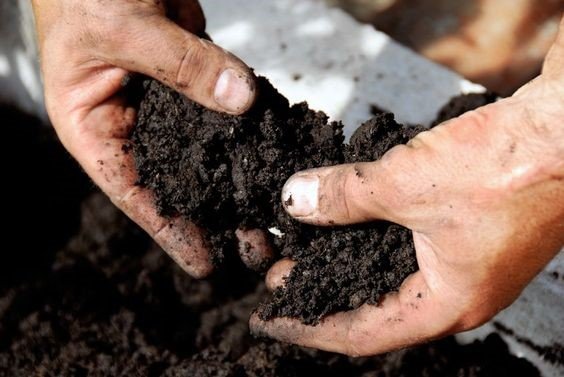
Source: Pinterest
Black cotton soil: Formation
Black soil is formed in tropical and subtropical regions under specific climatic and geological conditions. The following are the steps involved in the formation of black soil:
- Weathering: Weathering of parent rock material, such as basalt and granite, leads to the formation of soil particles.
- Deposition: Soil particles are deposited in the area through various processes, such as river deposition, wind deposition, and glacial deposition.
- Organic matter accumulation: Organic matter accumulates in the soil due to the breakdown of plant and animal material.
- Soil profile development: The accumulation of organic matter and weathering of soil particles leads to the development of a soil profile with different layers of soil characteristics and properties.
- Black layer formation: The accumulation of organic matter in the surface layer leads to the formation of a dark-coloured or black layer in the soil profile.
- Climate: The climate of the region, including high temperature and moderate to low rainfall, affects the formation and characteristics of black soil.
Black cotton soil: Benefits
Black cotton soil is widely recognised for its fertile properties and is known to be one of the best agricultural soils. The following are some of the benefits of black cotton soil:
- Fertility: Black cotton soil is known for its high fertility, which makes it ideal for growing crops, including cotton, sugarcane, and cereals.
- Moisture retention: Black cotton soil has a high capacity to retain moisture, which allows for efficient irrigation and reduces the need for frequent watering.
- Organic matter: The high organic matter content of black cotton soil provides important nutrients for plant growth and improves soil structure.
- Aeration: The soil structure of black cotton soil allows for good aeration, which is essential for root growth and development.
- Erosion control: The high organic matter content and good soil structure of black cotton soil provide good erosion control and reduce the risk of soil degradation.
FAQs
Where is black cotton soil found?
Black cotton soil is found in tropical and subtropical regions, particularly in India and Africa.
What makes black cotton soil fertile?
Black cotton soil is fertile due to its high organic matter and nutrient content.
What are the benefits of black cotton soil for agriculture?
The benefits of black cotton soil for agriculture include high fertility, good moisture retention, and good aeration.
How can black cotton soil be managed for optimal agricultural use?
Black cotton soil can be managed through proper soil conservation practices, soil stabilisation techniques, and proper irrigation and drainage systems.
| Got any questions or point of view on our article? We would love to hear from you.
Write to our Editor-in-Chief Jhumur Ghosh at jhumur.ghosh1@housing.com |
Housing News Desk is the news desk of leading online real estate portal, Housing.com. Housing News Desk focuses on a variety of topics such as real estate laws, taxes, current news, property trends, home loans, rentals, décor, green homes, home improvement, etc. The main objective of the news desk, is to cover the real estate sector from the perspective of providing information that is useful to the end-user.
Facebook: https://www.facebook.com/housing.com/
Twitter: https://twitter.com/Housing
Email: editor@housing.com
